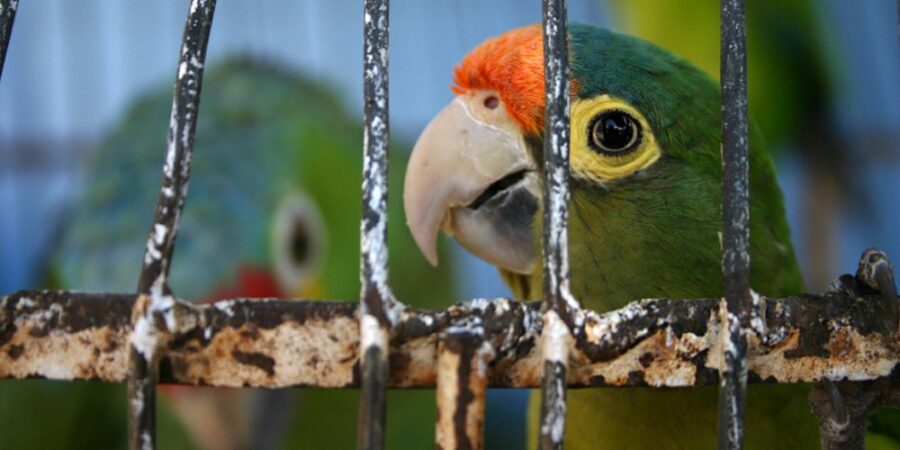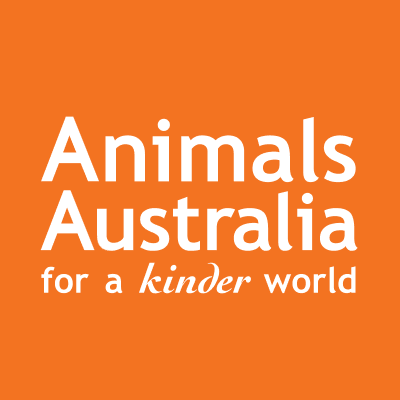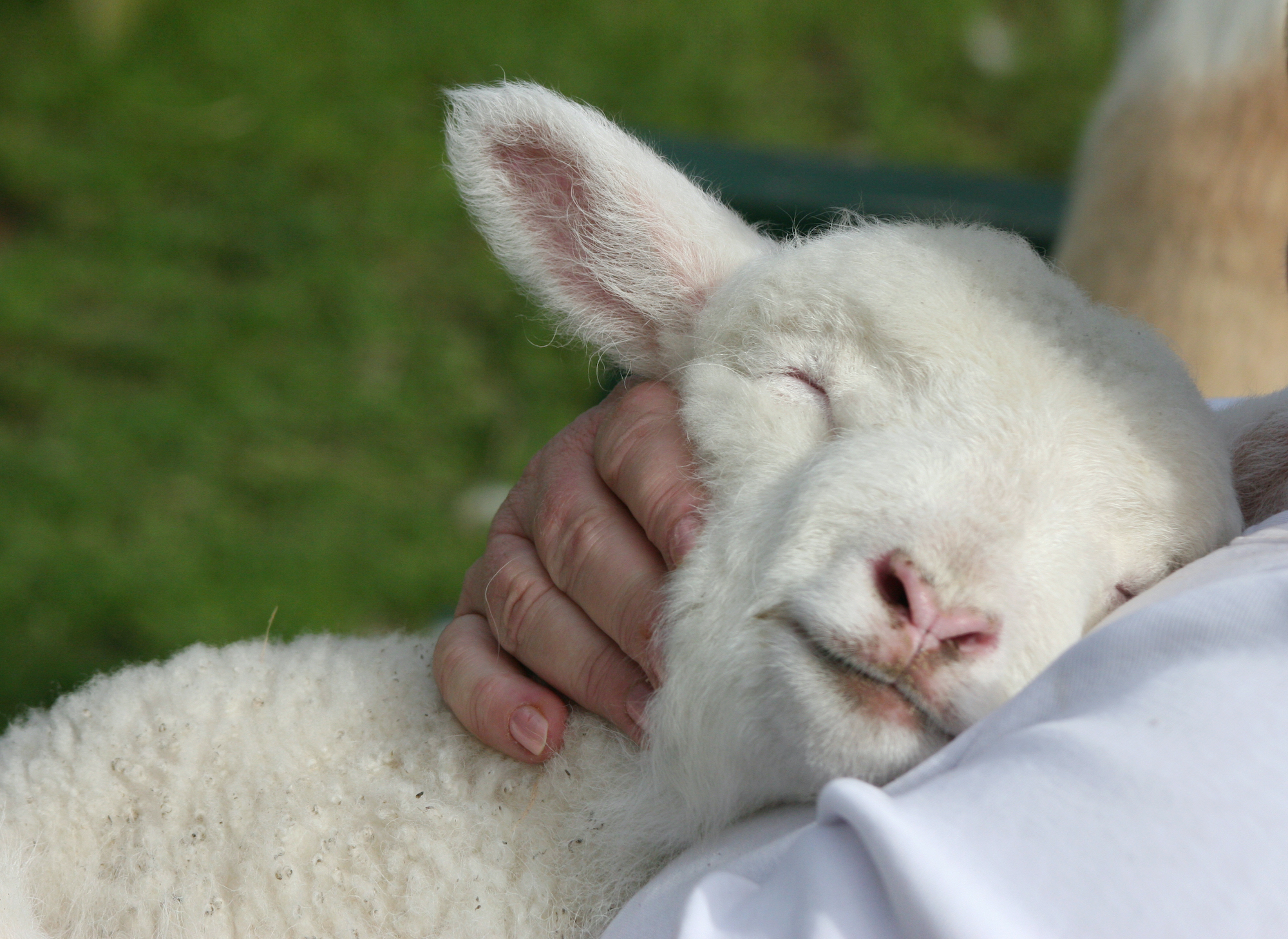We dream of being like a bird, to ‘soar like an eagle’, ‘be free as a bird’ and have ‘wings like a dove’. We have a wishful envy of the bird’s ability to seemingly fly away from everyday troubles.
A robin redbreast in a cage puts all of heaven in a rage.

Our societal acceptance of keeping birds in cages as pets provides another clear example of generational thinking. Rather than acknowledging the obvious cruelty of keeping a living being destined to fly free in the sky confined in a cage, we have been conditioned to think that this practice is acceptable.
We convince ourselves that the bird doesn’t suffer as it knows no other life and was bred in captivity, yet we know that behaviours inherent to each species cannot be ‘bred out’, and that their ability to undertake them provides quality of life. For our own kind, being caged equates to imprisonment — it is no different for any other species that shares this world with us.
According to the Australian Bureau of Statistics, there are more birds kept as companions in Australia than all dogs and cats put together.
It was in ancient Egypt that bird were first caged and prized for their beauty1. The motivation for caging birds has not changed throughout the centuries — it is about what they contribute to our lives — and their innate needs are forgotten and denied them.
Caged birds often exhibit destructive abnormal behaviours directly related to mental suffering such as feather plucking, excessive vocalization, fear and aggression.2 This is not surprising when natural behaviours such as flying, choosing a mate, belonging to a flock, building nests and dust bathing are denied to them.
The relationships that we are able to have with dogs and cats are ones where there are clear mutual benefits — as the presence of both parties can enrich the lives of each other. The keeping of birds in cages as companions bears no resemblance to these relationships.
If we open our eyes and minds to a caged bird’s existence as it awaits sale in a pet shop — and disregard what we have been conditioned to accept and see — we cannot help but acknowledge the tragedy, that this living being which nature intended to soar free in the sky, will never feel the wind beneath its wings.
Wings belong in the sky – not in cages.
In 2013, Costa Rican officials announced plans to ban cages – with the Environment minister recalling a childhood memory of a parrot his grandmother kept; “One day, we took the parrot out to the patio, and a flock of wild parrots passed, and the parrot went with them. It made a big impression on me because I thought that we were taking good care of her. We fed her with food and affection … all these things that we as humans thought she liked. And when she had the chance, she left.” Delhi’s high court in India has subsequently ruled that birds have a “fundamental right to fly and cannot be caged”.
If you believe that wings are for flying, help create a future without cages by choosing not to support the pet bird supply chain.
References
1. Steve Dale, 2001, The History of Birds as Pets
2. Louise Perin Vale, 2003 Environmental Enrichment and Welfare in Caged Parrots







